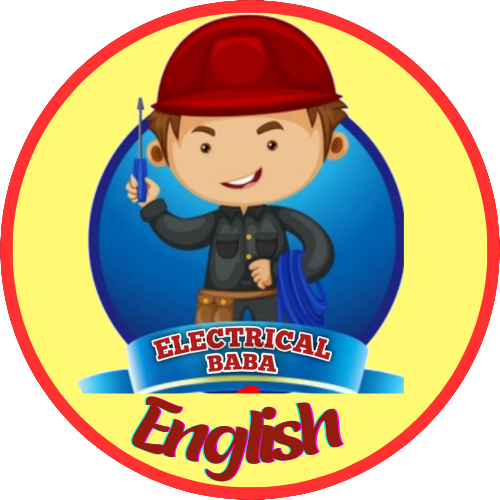If you live in an area where power cuts are common, having a home inverter can be a great solution to keep your appliances running during these outages. A home inverter is a must-have in India due to the frequent power cuts and voltage fluctuations. It ensures uninterrupted power supply to your home appliances during these times. However, choosing the right inverter can be a daunting task.
Before buying a new inverter for your home in India, here are a few things to consider:
- Capacity: The capacity of the inverter should be based on your power requirement. You should calculate the total power consumption of your home appliances and choose an inverter with a capacity that can handle the load.
- Battery type: The type of battery used in the inverter is important. There are two main types of batteries used in inverters – lead-acid and lithium-ion. Lead-acid batteries are cheaper but require regular maintenance, while lithium-ion batteries are more expensive but require less maintenance.
- Battery backup time: The battery backup time of the inverter is important. You should choose an inverter that can provide backup for the duration you require.
- Waveform: The waveform of the inverter should be considered. There are two main types of waveforms – pure sine wave and modified sine wave. Pure sine wave inverters are more expensive but provide better quality power output.
- Brand and warranty: It’s important to choose a reputable brand that offers good warranty and after-sales service. You should also check the warranty period offered by the manufacturer.
- Price: The price of the inverter should also be considered. While it’s important to choose a good quality inverter, it’s also important to choose one that fits within your budget.
- Energy efficiency: Look for an inverter that is energy efficient and consumes less power. This will help you save on your electricity bills.
By considering these factors, you can make an informed decision and choose an inverter that is right for your home and budget.
How do I know what inverter I need for my home?
To know what inverter you need for your home, you should consider the following factors:
- Power requirement: Determine the total power requirement of all the appliances that you want to run on the inverter during a power cut. This will help you determine the capacity of the inverter you need.
- Load calculation: Calculate the wattage of each appliance and add them up to determine the total power requirement. Make sure to add a margin of 10-20% to account for any power surges.
- Battery backup time: Decide how long you want the inverter to run during a power cut. This will help you determine the battery size and backup time you need.
- Waveform: Decide what type of waveform you need. If you have sensitive electronic devices, you may need a pure sine wave inverter.
- Budget: Determine your budget and look for an inverter that meets your requirements and fits within your budget.
- Other factors: Consider factors such as the availability of service and support in your area, warranty and after-sales service offered by the manufacturer, and the energy efficiency of the inverter.
Once you have considered these factors, you can consult a professional or use an online calculator to determine the capacity of the inverter you need. A professional can also help you choose the right brand and model of inverter based on your specific requirements.
How to Select the Right Battery for Your Home Inverter Setup?
Selecting the right battery for your home inverter setup is crucial for ensuring reliable backup power during a power outage. Here are some factors to consider when choosing the right battery for your inverter setup:
- Battery Capacity: The capacity of the battery is the amount of energy it can store and is measured in ampere-hours (Ah). To determine the required battery capacity, calculate the total power consumption of your appliances during a power cut and multiply it by the number of hours you want your inverter to run. This will give you the battery capacity in Ah that you need.
- Battery Type: There are two main types of batteries used in home inverter setups – lead-acid batteries and lithium-ion batteries. Lead-acid batteries are less expensive but require more maintenance, while lithium-ion batteries are more expensive but require less maintenance and have a longer lifespan.
- Battery Voltage: The voltage of the battery should match the voltage of the inverter. For example, a 12V inverter requires a 12V battery, while a 24V inverter requires a 24V battery.
- Battery Brand: Choose a reputable battery brand that has a good track record of performance and reliability. This will ensure that you get a high-quality battery that will last longer and provide reliable backup power.
- Battery Maintenance: Consider the maintenance requirements of the battery before making a purchase. Lead-acid batteries require regular maintenance such as checking the water level and cleaning the terminals, while lithium-ion batteries require minimal maintenance.
- Budget: Consider your budget when selecting a battery. Lithium-ion batteries are more expensive than lead-acid batteries but have a longer lifespan and require less maintenance.
- Warranty: Choose a battery with a warranty that covers manufacturing defects and performance issues.
By considering these factors, you can choose the right battery for your home inverter setup and ensure reliable backup power during a power outage.
You should also read this
| Home Page | Click here |
| Electrical Theory | Click here |
| Earthing | Click here |
| Electrical Equipment | Click here |
| Free Electrical Training | Click here |
| Transformer | Click here |
